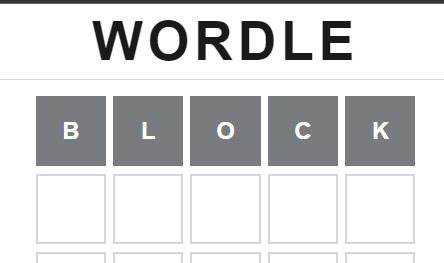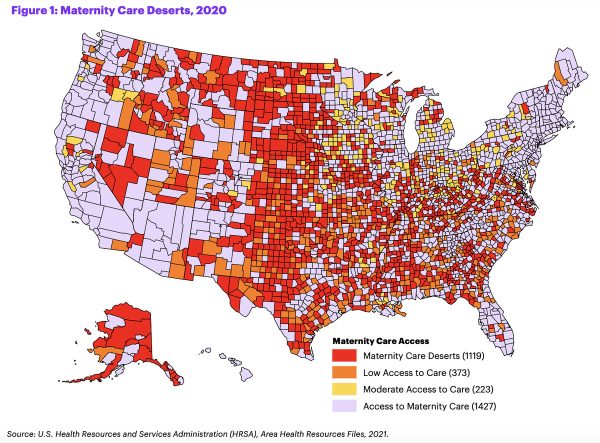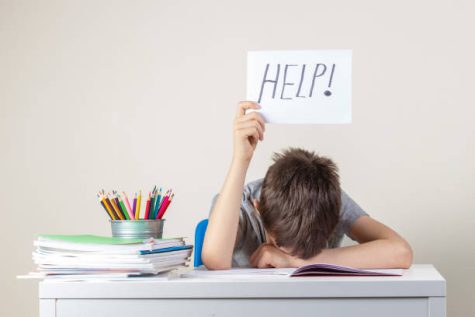IT: Tear Down The Firewall
In 1918, the height of the Spanish Flu, a new invention was sweeping the nation, allowing many to stay connected while apart: the telephone. Now, throughout the first major pandemic of this century, the internet has become incredibly relied on to keep in touch with friends and family. We have used these technologies to stay learning, allow for new educational opportunities, and more. Yet, there are common messages seen, at home and in the building: Website restricted. Blocked by the system administrator. Access denied. There is a place for restrictions on websites that may contain vulgar or inappropriate content on these school sponsored devices. Yet, there are many things which are beneficial to the student experience that are currently restricted through the firewall of the RSD13 Information Technology (IT) department.
One common experience for seniors is that many college portals, especially for ones with high levels of Coginchaug applicants, have been blocked. College portals are used for students finding out acceptance information, financial aid and communication with the colleges. These crucial websites are normally not adapted to be compatible with phones and are often hard to navigate on phones. For example, in our Senior Journalism class, a student had all but one college portal blocked. For students who may not have their own computer or access to a computer at home, it may make the college process difficult. This process is one of the most important for high school students, and blocking this makes it worse. While also physically applying, the system also blocks connecting Naviance (Coginchaug’s platform used with guidance to upload forms and provide information on the college process) with the Common Application (the platform most commonly used by students to apply to college). This process, asked to do in school with guidance, wasted valuable time which could have been spent educating and helping students on how to make the most of the college process.
In our class, we begin most days by playing Wordle. The 5 letter word guessing game, which has taken the world by storm during the Omicron variant, has fallen victim to blocking as well for one reason: it’s a game. The access to the page for Wordle was blocked since as a game, it gets restricted. Wordle has been used in many classes as a fun icebreaker activity to get students into the mood to learn, encouraging those who may struggle to engage in class to get engaged. This is the opposite of the games which the firewall wants to block: while other games may be dark, violent, and filled with ads, wordle has bright colors, is intellectually challenging, and has no advertisements. Wordle is a great way to make your brain think and become more active in the early mornings. I personally think all the games that require your brain to think should be unblocked, so kids can keep their brain active if they have free time.
YouTube, the popular video sharing platform, is another victim to the RSD13 blockade on technology. Currently, students who are signed in through their school accounts receive a message when entering the platform that they can’t access YouTube with their school provided Google Account, and their access is restricted by the administrator (in this case the RSD13 IT department). This creates problems for students throughout the day in multiple ways. When students wish to add a video into a google slides presentation or any other project, they cannot as the district blocks their access to not just the ability to embed the videos into the presentation, but also look on the platform in general for videos. Youtube is a virtual resource that can be used in learning, teaching and studying. Through the Covid-19 pandemic, our schools became more technologically progressive than they ever have been. But, we cannot utilize one of the best resources for education. They are instead forced to use their phones, another topic which teachers have become more strict on their enforcement of the cell phone policy. The cell phone policy prohibits students listening to music off a phone except in study hall or advisory. So, the school’s solution is to allow students to listen to music on their computers. But, students cannot access YouTube to listen to music.
Blocking YouTube also contains much more problems for not just the student side of the equation, but the teacher one as well. Instead of being able to directly link a YouTube video into Google Classroom, they have to use a secondary website such as ViewPure or SafeLink. Instead of a few clicks, this takes valuable time away from teachers for what should be a simple task to improve the learning experience for students. Last year, during the period of hybrid learning, this process took valuable time away from classroom instruction and the lives of the teachers.
Some may argue that keeping kids restricted online leads to fewer problems overall. But, with the problems it combats, it also creates much more hassle, needing to block new websites as soon as they become available to restrict. If the district wants us to become more connected in our fastly growing and interconnected world, it’s time to lax the restrictions.





